
The debate surrounding higher octane fuel and its impact on performance and fuel efficiency continues to intrigue consumers. To shed light on this topic, a series of tests were conducted to compare different octane levels. The aim was to determine whether higher octane fuel is worth the additional cost. This article will delve into the testing process and provide insights into the findings.
Testing Methodology
To conduct the tests, fuel samples were obtained from three different gas stations since no single station carried all the desired octane levels. It should be noted that most gas stations use a single fuel hose and nozzle for multiple octanes, potentially leading to residual lower octane fuel in the hose. To minimize this effect, a high-volume gas station with a dedicated hose for the desired 87 octane fuel was chosen to ensure freshness.
Ethanol Content and Fuel Efficiency
The first test involved measuring the ethanol content in each fuel sample. Using a tester filled with distilled water, the ethanol was separated from the gasoline, resulting in a clear indication of its presence. Surprisingly, all tested octane levels, including the 87, 91 (no ethanol), 91 (with ethanol), and 93, displayed similar ethanol content of around 9-10%.
Next, fuel efficiency was evaluated using a 2200-watt Honda inverter generator. Equal amounts of each octane level were measured precisely for consistency. The generator produced approximately 1381 watts of power for three halogen lights. Despite initial expectations based on previous tests with fuel-injected generators, the no ethanol fuel did not demonstrate better fuel efficiency. In fact, all octane levels performed quite similarly, with only a few seconds of difference between them.
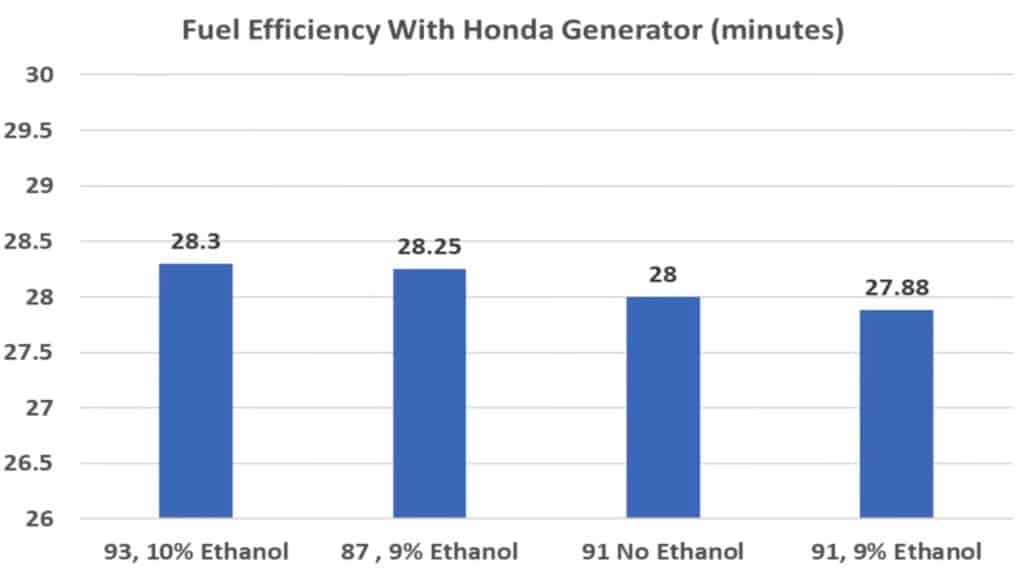
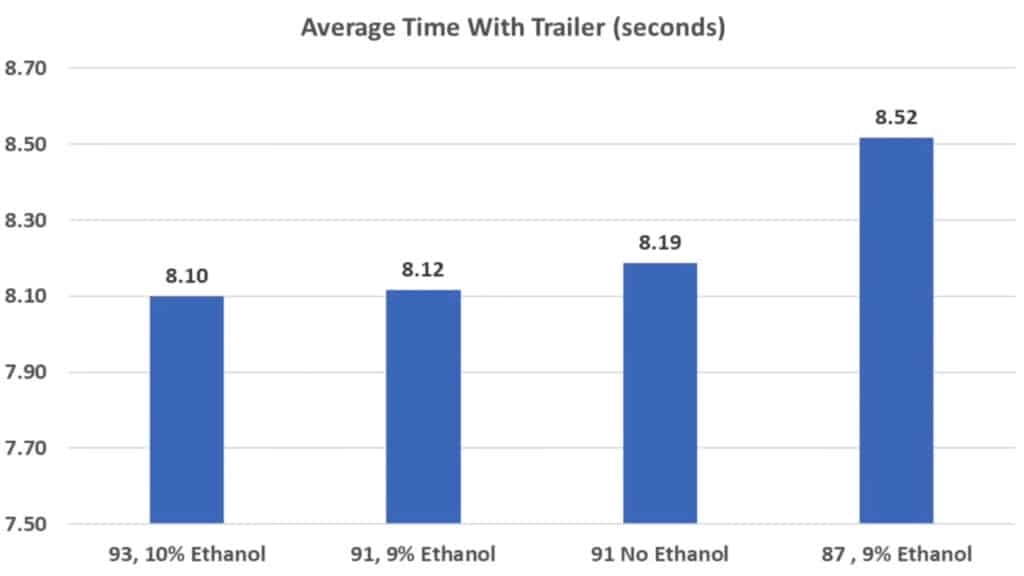
Performance and Timing Advancement
The testing continued by evaluating performance using a Honda GX200 engine. By adjusting the timing, it was possible to observe any notable improvements. Results indicated that higher octane fuel marginally increased the engine’s pulling force compared to the 87 octane. However, the difference was not significant enough to justify the higher cost.
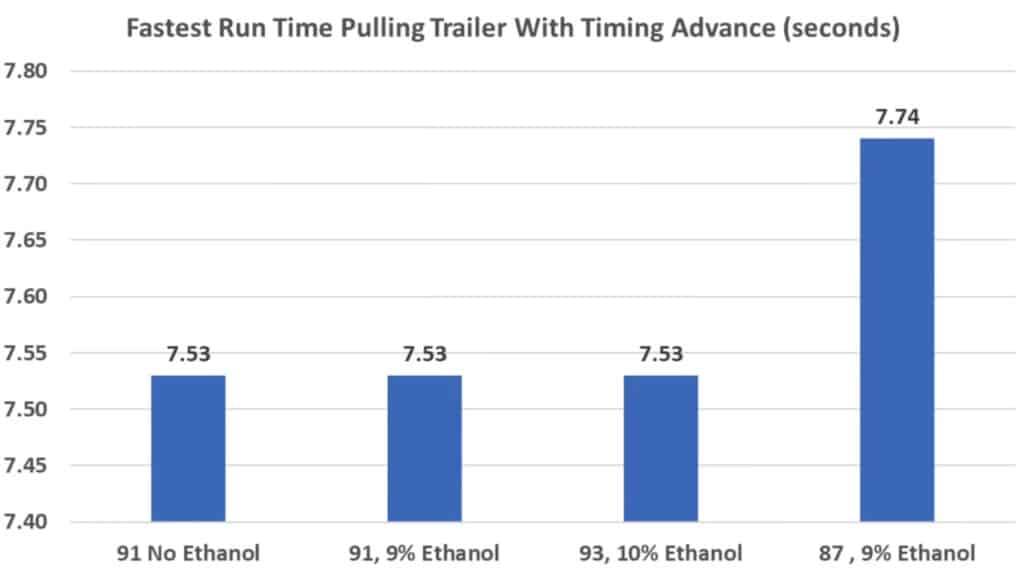
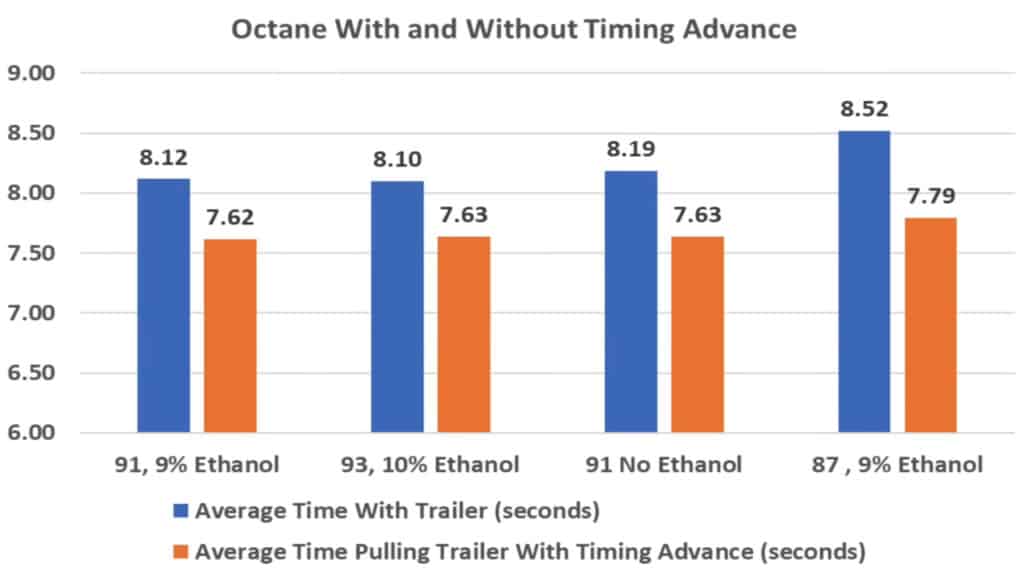
Acceleration Tests
To measure acceleration, a garden tractor was utilized. Each octane level was tested, both with and without timing advancement. The findings showed that the highest octane fuels (91 and 93) provided a small advantage in terms of acceleration, with the 91 octanes producing the fastest times. However, the improvements were minimal, suggesting that for everyday driving scenarios, the benefits of higher octane fuel may not be substantial.
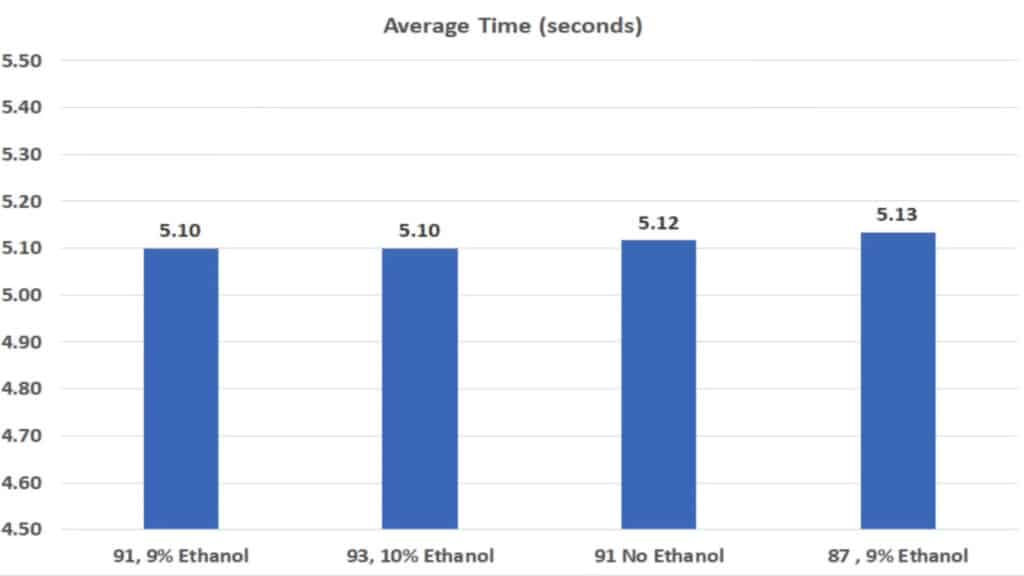
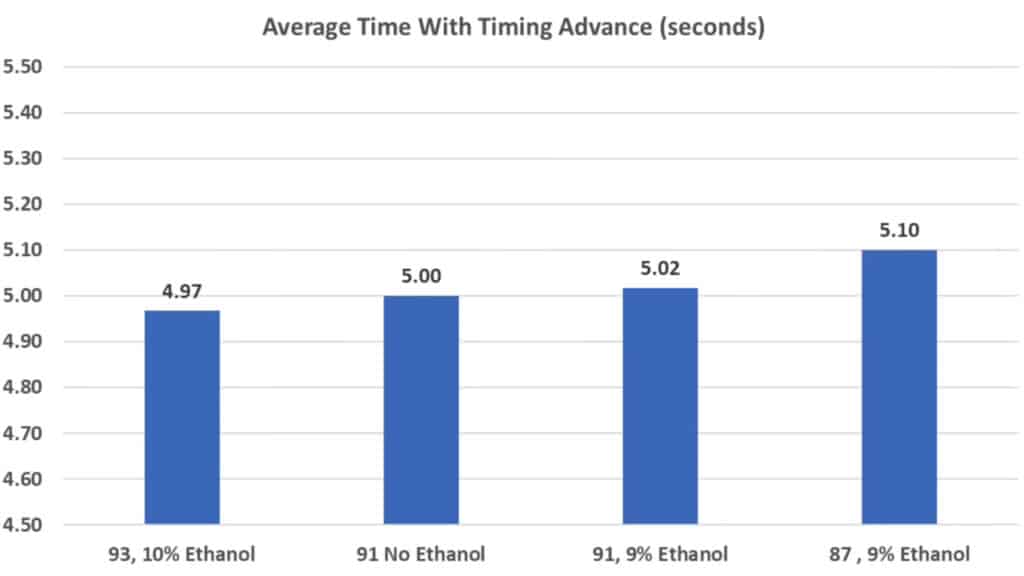
Recommendation
Based on the comprehensive testing results, it is suggested that consumers opt for 87 octane fuel, unless their vehicle explicitly requires a higher octane rating. In such cases, vehicles with turbochargers or specific engine requirements may benefit from using higher octane fuel. However, for carbureted engines under typical loads, the differences in performance and efficiency are negligible.
Conclusion
The testing conducted on various octane levels provides valuable insights into the performance and efficiency aspects of higher octane fuel. While higher octane fuels demonstrated minor advantages in terms of acceleration, the improvements were not significant enough to justify the increased cost. Therefore, for most everyday vehicles, using 87 octane fuel is recommended, as it offers a cost-effective option without sacrificing performance or efficiency.




